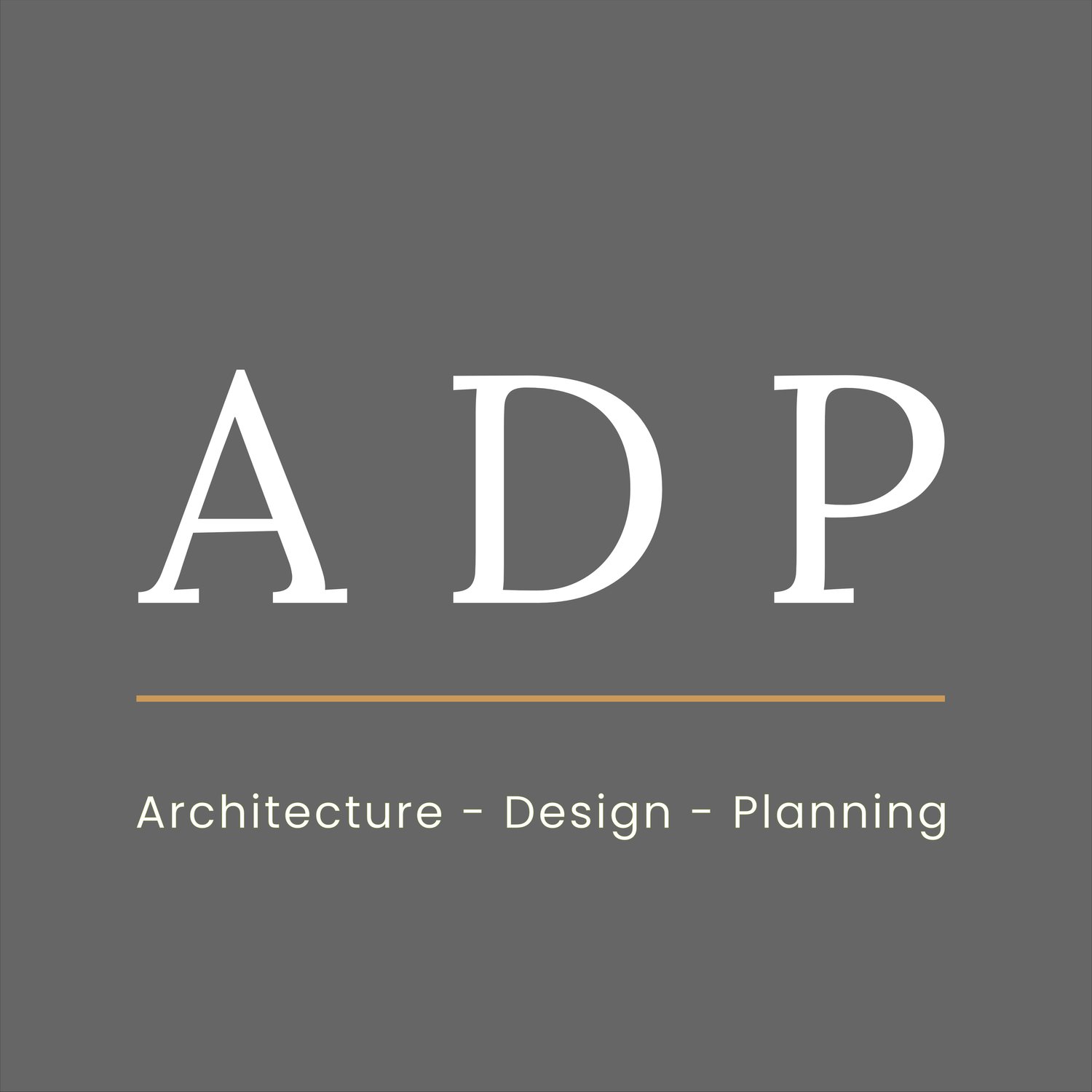What is a replacement dwelling?
A common term in town planing is the ‘Replacement dwelling’, but what is a replacement dwelling? A replacement dwelling, in simple terms, involves the process of replacing an existing house with a new one.
It is a popular development project, particularly with developers and self-builders. There are however various planning complexities to be aware of when pursuing a replacement dwelling project.
Navigating Local Plan Planning Policy
One of the pivotal factors shaping a replacement dwelling is the local planning policy. Local plans serve as the blueprint that guides the development and land use within a specific local authority area. Each different local authority will have its own varying planning policies.
Size Matters: Varied Council Requirements
One of the key considerations for replacement dwellings is the size of the new building.
Planning policies often dictate the acceptable size parameters for replacement dwellings. Developers must adhere to these guidelines to secure planning approval.
Some local planning authorities allow replacement dwellings to be larger than the original dwelling. This calculation is often set as a percentage and may be measured in terms of floorspace, volume and height.
Other planning authorities may not set an increase limit, and leave it subjective. Under this scenario a dwelling would be acceptable if it can successfully assimilate into the surrounding context.
More strict local planning authorities only allow replacement dwellings where the new dwelling is not materially larger than the one it replaces.
Impact on Neighbouring Amenity
The concept of amenity encompasses various factors such as overlooking, light, and noise.
Replacement dwellings must be designed and executed in a manner that respects and preserves the amenity of neighbouring properties.
Character and Appearance: Contextual Suitability
The character and appearance of the new replacement building play is an important planning consideration.
It is often important that the design aligns with the existing context, seamlessly integrating with the surrounding environment.
Green Belt Considerations
For replacement dwellings in Green Belt areas, additional considerations come into play.
National planning policy, set out in the NPPF, states that the replacement of a building can be acceptable in the Green Belt, provided the new building is in the same use and not materially larger than the one it replaces
Council’s will often assess ‘materially larger’ in respect to volume, height, and floorspace. It is often necessary to explore various planning strategies to try and maximise the potential size of the replacement dwelling in the Green Belt.
Proactive Engagement with Local Authorities
Proactive engagement with local authorities is often prudent when considering replacement dwellings.
Engaging in pre-application consultations with planning officers is a proactive step toward a successful outcome. Developers will learn how to utilise these consultations to seek advice, identify potential issues, and present a well-informed and refined proposal to the planning authority.
Contact our Planners and architectural Designers
Do you need expert guidance with your Replacement Dwelling project?
Thank you for taking the time to read this article on replacement dwellings. We hope that it has provided you with valuable insights.
We have successfully secured planning permission for several replacement dwellings. Some examples can be found here:
If you're planning a replacement dwelling project and would like expert advice, please contact us using the form below or via mail@adpltd.co.uk.





